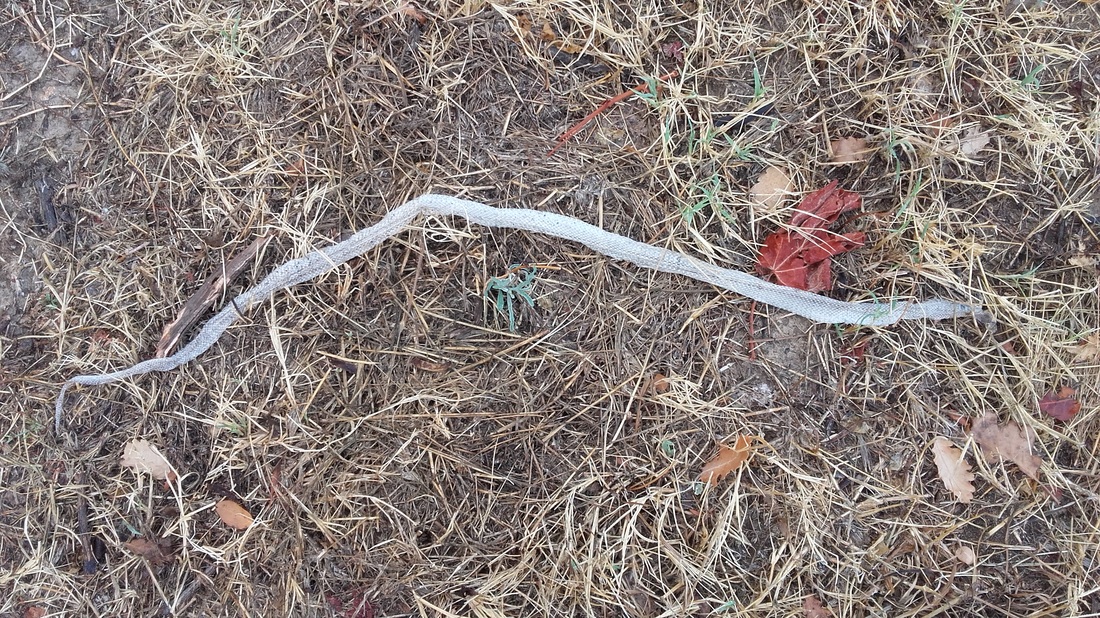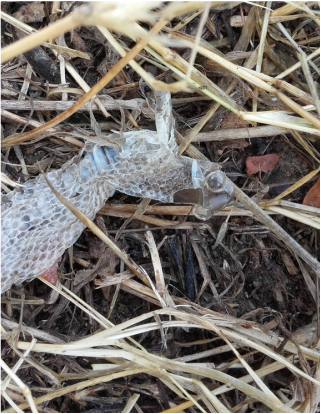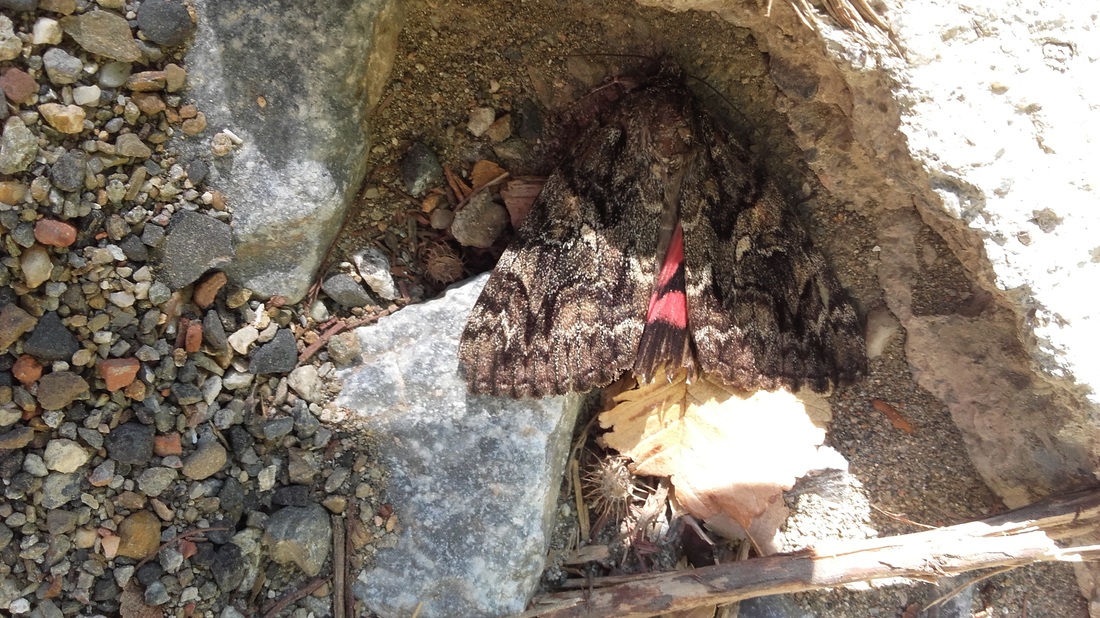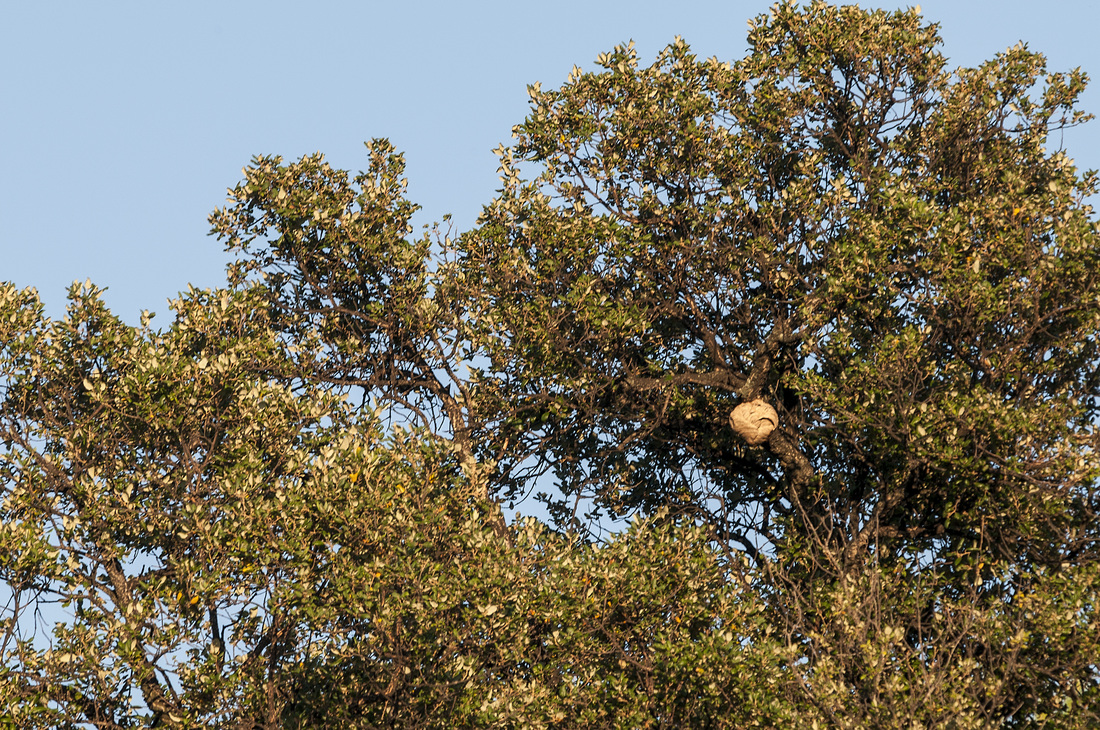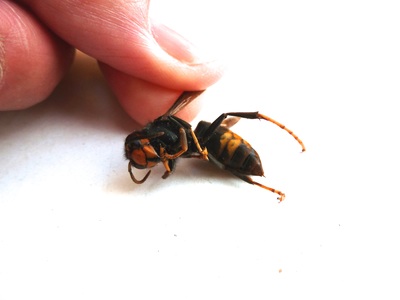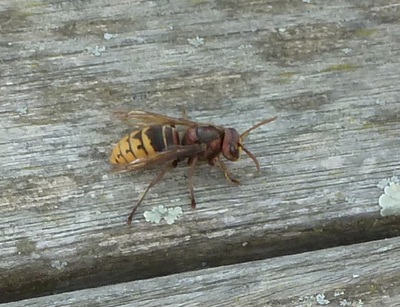Although grateful for more refreshing temperatures at the start and end of the day now, I can't believe we're already at the end of August and it's la rentrée for school children, holidaymakers, and a lot of bird species.
To be accurate, swifts left a while ago. I've also been hearing small flocks of bee eaters almost daily for the last week or so, but most have been too high to see well. The local bird group (GOR) reports that raptors are also on the move. The autumn migration is monitored at a spot near Eyne in the Cerdagne, and of particular interest each year is le rush (as they describe it) of honey buzzards. 2,500 were counted only yesterday, bringing the total to 6,000 for that species alone since 7th August. (Numbers of all species counted are updated daily here.)
I've been keeping out of the searing heat as much as possible during the high season, as do many other creatures, but my dog has still needed walking and it's always worth keeping eyes peeled and ears pricked. Apart from those bee eaters, there is little birdsong now. But on our regular circuit there is a very talkative buzzard. He (or she) has a favourite area in the orchards, and a particularly favourite telegraph pole. I'm more used to hearing them call when soaring rather than than perched, but this one just never shuts up, no matter where it is or what it's doing. I wonder how much success it has when hunting, because it's always advertising its presence! I'm sure it's the same bird too, because the call doesn't sound quite right (it definitely is a buzzard though). Which makes me wonder: do some birds have speech impediments? Or could it be a juvenile and hasn't quite got the hang of its voice yet? I have no idea how long it takes for young birds to perfect their songs and calls (it may be immediate). Plumage markings do vary according to age though, so perhaps I shall return with my binoculars and book and try to at least establish if it's an adult or not.*
In the same general area the other day - close to where I met my first crayfish earlier in the year - I spotted something that at first looked like a narrow tube of plastic netting (perhaps about a foot and a half long), which turned out to be the cast skin of a snake. All the more remarkable because it was complete; unbroken except for the back of the head, from where I assume the (bigger) snake had slithered out. Perhaps we only just missed the event.
For reference, the Asian hornet has an orange head and legs, and looks quite different from our endemic European species (which does not attack bees).
* Buzzard puzzle solved:
Robin, who has much more experience of buzzards, says: "I'm sure your buzzard is a young one; that sort of constant complaining voice is absolutely typical! I imagine the parents are trying to encourage it to fly and forage for itself, and it can't be bothered - very like the average teenager!" It does sound as though it's whining, and its 'spot' is where I often see a pair, so this fits perfectly. Thanks, Robin!
